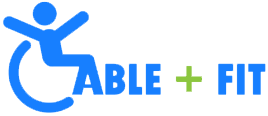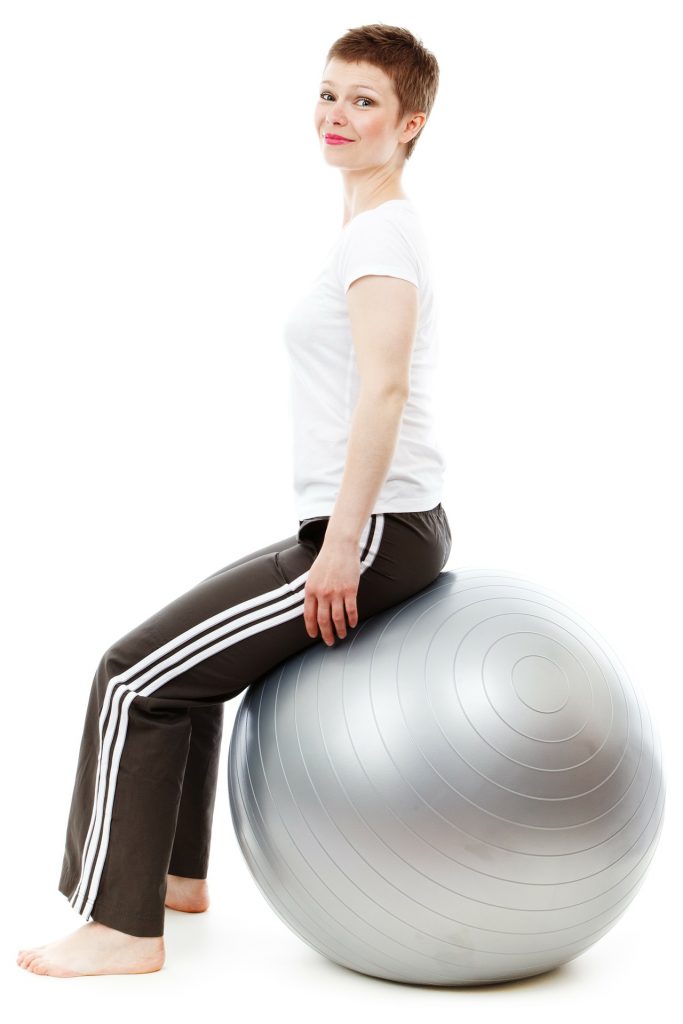Many sports can be adapted for people with disabilities with relative ease. Some of these physical activities are listed by disability and followed by adaptive techniques and/or equipment. Guidelines and fitness tips are linked to each disability. For equipment items that can be purchased there are links to online stores or resources.
Of course, before beginning any new exercise routine, it is important to consult your doctor to find out how much physical activity is appropriate and how current medications may react to physical activity, and to talk to a trained exercise professional.
Visually Impaired, Hearing Impaired, Deafblind
- Running: Use a guidewire, sighted guide, treadmill, or track.
- Bicycling: Tandem bicycles, surrey or duo bikes, stationary bicycles, bicycle stand, independent biking or adult tricycles will work for individuals with some usable vision. For non-stationary bicycles be sure to use a helmet.
- Swimming: Use flotation devices, hand-over-hand techniques, and walls or lane lines as guides. Simply treading water can help you ease into pool comfort.
- Service Animals: Dogs can be a great motivator and helper for going on a walk.
Deaf and Hard of Hearing
- For individuals that have difficulty with balance, equilibrium, and/or kinesthesis the following activities are highly recommended: tumbling, gymnastics, dance, yoga, and martial arts.
- The USA Deaf Sports Federation sponsors a wide array of affiliated sports: basketball, beach volleyball, bowling, curling, cycling, golf, handball, ice hockey, orienteering, shooting, ski and snowboard, soccer, swimming, tennis, track and field, volleyball, wrestling.
Spinal Cord Injury
- Aerobic exercise is recommended to maintain cardiovascular health and prevent secondary conditions
- Keep knees at 90°
- Use abs to keep a good posture
- Wrap a lightweight resistance band around your chair and do chest presses
- Strength training is important for mobility, to aid in transfers, and to prevent injury through muscular balance
- Find adaptive equipment that matches the workout
Wrist and ankle weights - Perform shoulder presses, bicep curls, and tricep extensions with some
- Use dumbbells or anything that is weighted and fits in a hand, even a can of soup
- Get some gripping aids to help perform the exercises above
- Use more resistance than what is used for aerobic exercises by wrapping the band under the chair or bed
- Find adaptive equipment that matches the workout
- Flexibility training is the key to improving the range of motion and reduce spasticity
- Quadriplegia: An arm ergometer is highly recommended. Be sure the wheelchair is locked and the hands are secured to the ergometer which should also be in a fixed position. Handcycling and NuStep are also good forms of aerobic exercise.
- Paraplegia: Arm ergometer, upper-body calisthenics, rowing machine, recumbent steppers, handcycling, sports such as basketball, track, swimming, rugby, tennis, lacrosse, and functional electrical stimulation-leg cycle ergometer (FES-LCE)
Cognitive, Intellectual, or Developmental
- Aerobic exercise: Walking, stationary cycling, and dancing can be taught via dance videos that have a range of fitness levels. Activities that require specific skills or locations include: jogging, swimming, hiking, bicycling, arm cycling, stair-climbing, rowing and skating.
- Strength and endurance: Resistance exercise can be used to improve strength, including elastic tubing, dumbbells, weight machines, calisthenics (e.g., chin-ups and push-ups), or weighted household items such as a few pounds of sand or sugar or canned goods if they can be held safely
- Flexibility: Every part of the body can benefit from flexibility exercise. It is important to do stretches every day and always remember to breathe normally while stretching.
- Motivating People to Exercise: Develop a reward system, offer a buddy system, keep records of performance, and in group settings keep charts to record progress.
Multiple Sclerosis and Muscular Dystrophy
- Swimming
- Aquatic fitness classes help relieve chronic pain
- Stationary recumbent or upright bicycle
- Walking
- Exercise DVD for individuals with MS
Cerebral Palsy
- Resistance training
- Flexibility training
- Boccia ball is not usually the first sport people think about but it is popular among individuals with cerebral palsy
- Nintendo consoles can help promote physical activity

